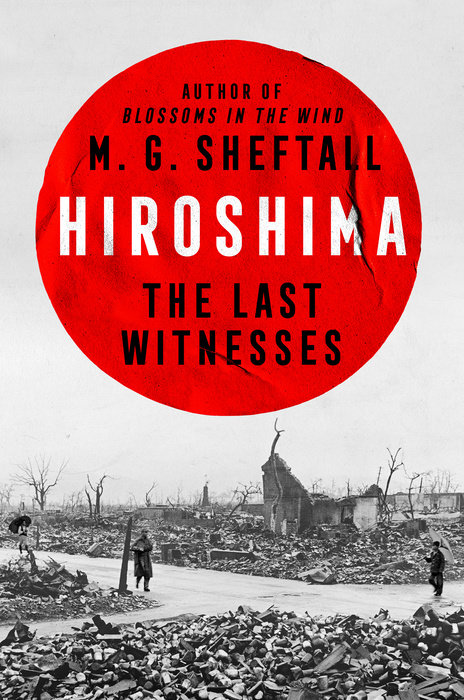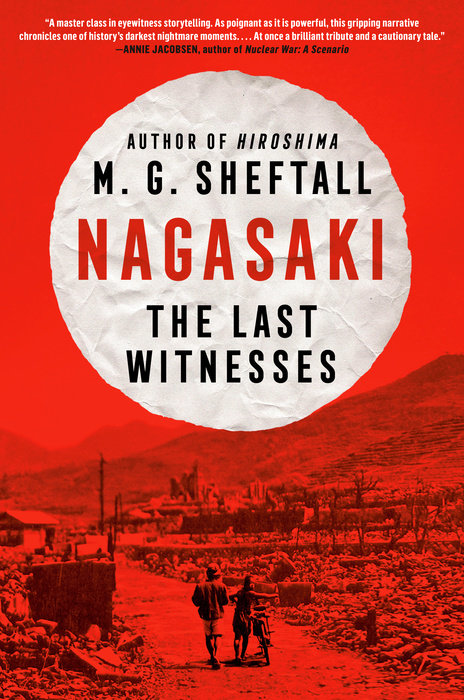But one of the first people that I spoke with for this project, who ended up being an important collaborator for me, was a Nagasaki hibakusha who went on to be a great medical doctor and researcher on the effects of the bombs on human bodies. His name is Dr. Tomonaga Masao, and he said something to me that I’ll never forget. He said, “You Americans really like that word vaporized, don’t you? Well, sorry to tell you, but nobody was vaporized in Hiroshima or Nagasaki.”
When the bombs detonated, there were two vectors of what I call immediate destruction — not counting the radiation, which was a much slower killer. The first vector of immediate physical and biological destruction was a burst of electromagnetic energy from the critical reaction of the bomb’s core. This created a fireball that bathed everything within about a two kilometer radius of the hypocenter in about 3–4,000℃ heat. To give you an idea of how hot that is, steel melts at about half that temperature.
The second vector of immediate destruction was the shockwave. The heated air pushed out of the way by the formation of this fireball traveled at slightly more than the speed of sound. It knocked everything down within approximately that same two kilometer radius from the hypocenter.
Now, remember that the Hiroshima bomb detonated at about 650 meters in the air, and the speed of sound is 343 meters per second. So, even if you are standing directly underneath the bomb, the difference of time between the thermal ray beginning to cause you to combust and the arrival of the blast force that would blow you to pieces is about two seconds. Two seconds of you experiencing this 4,000-degree heat. If you’re farther out, say a kilometer away or on the perimeter, you’re being torched alive for about 5–6 seconds of suffering before the shockwave arrives and — to put it bluntly — puts you out of your misery.
So, they had time to scream.

